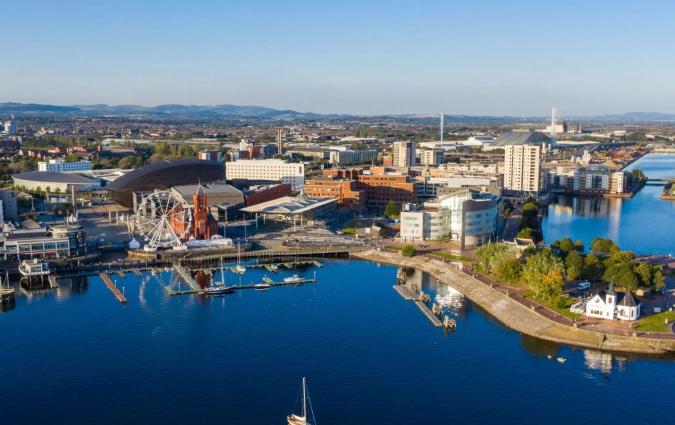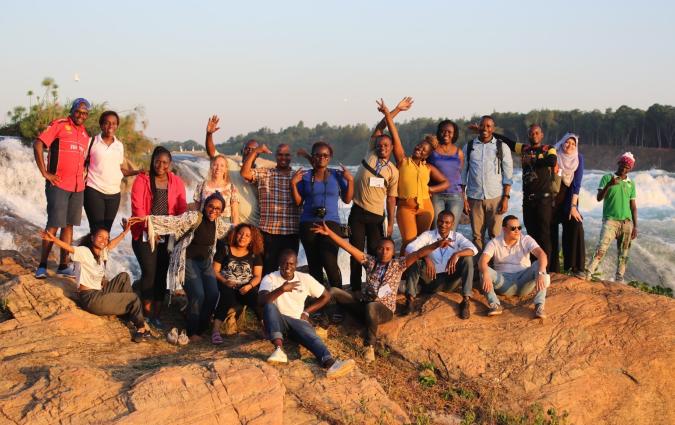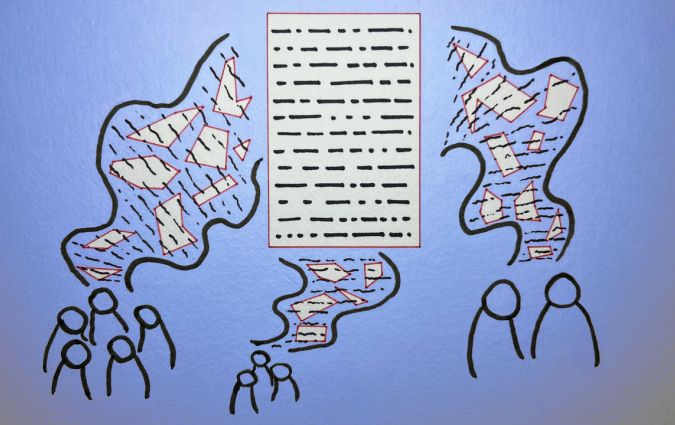Reporting from inside the inferno: Three journalists reflect on how they covered Los Angeles’ deadly wildfires
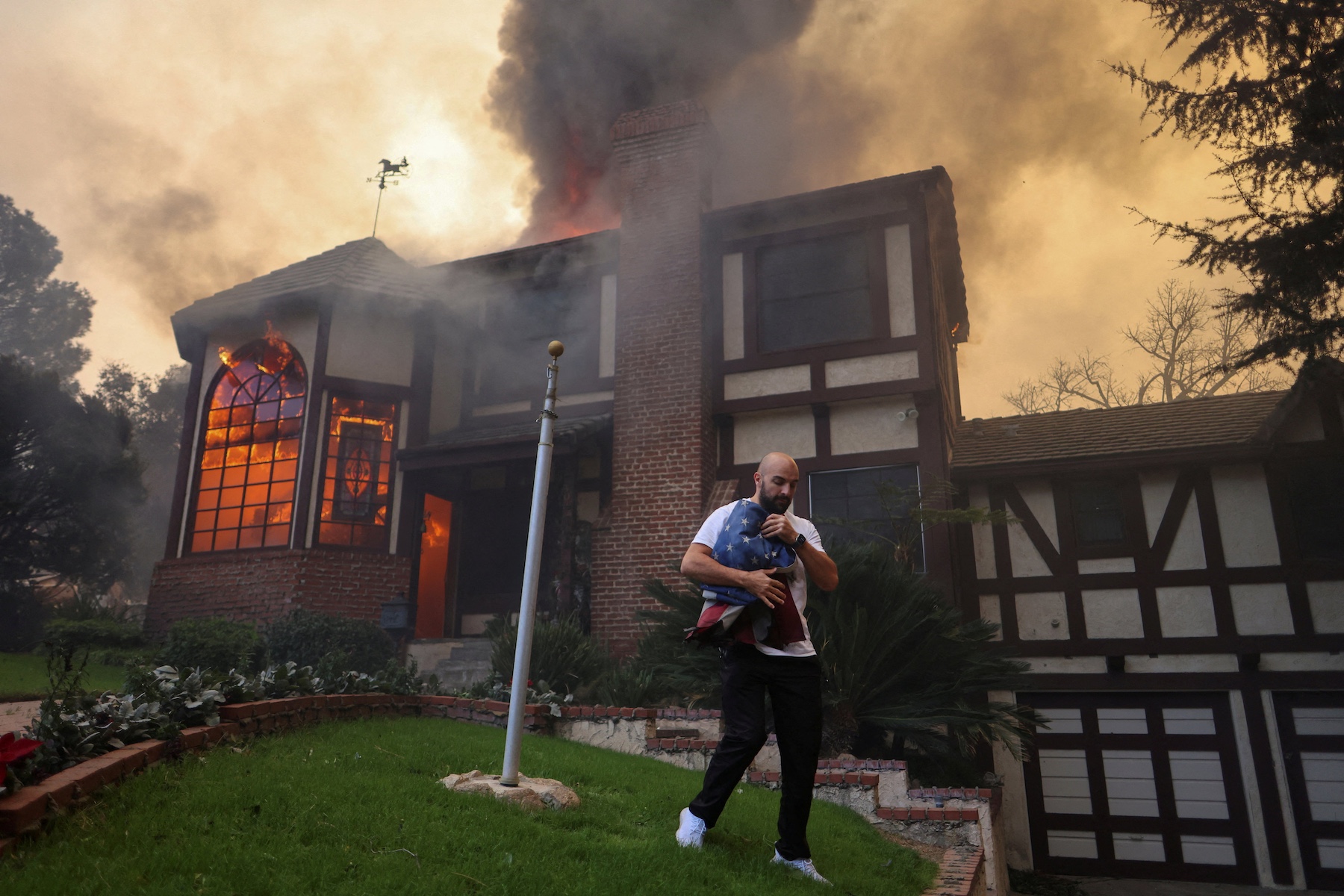
A person carrying a flag walks away from a burning house in Altadena, California. REUTERS/David Swanson
As wildfires broke in Los Angeles on 7 January 2025, hundreds of journalists, producers, photographers and editors spread out across the city, deployed from bureaus and newsrooms elsewhere in California and beyond.
Behind each of the photographs or clips of burning neighborhoods that reached our smartphones was a media professional working on the frontlines. And behind them, an editor managing a complicated operation.
At the time of this writing, the wildfires have claimed 29 lives and destroyed around 16,000 structures.
“As a team on the ground, we were really making split-second decisions about where were safe vantage points to film from, and how close we could get to witness what was happening without taking unnecessary risks,” says Emma Vardy, LA correspondent for BBC News.
I spoke with media professionals Emma Vardy, David Swanson and Mary Kate Metivier to discuss the many challenges they faced in reporting on the story. The following are their first-hand accounts, edited for clarity and length.
Jump to: Emma Vardy | David Swanson | Mary Kate Metivier
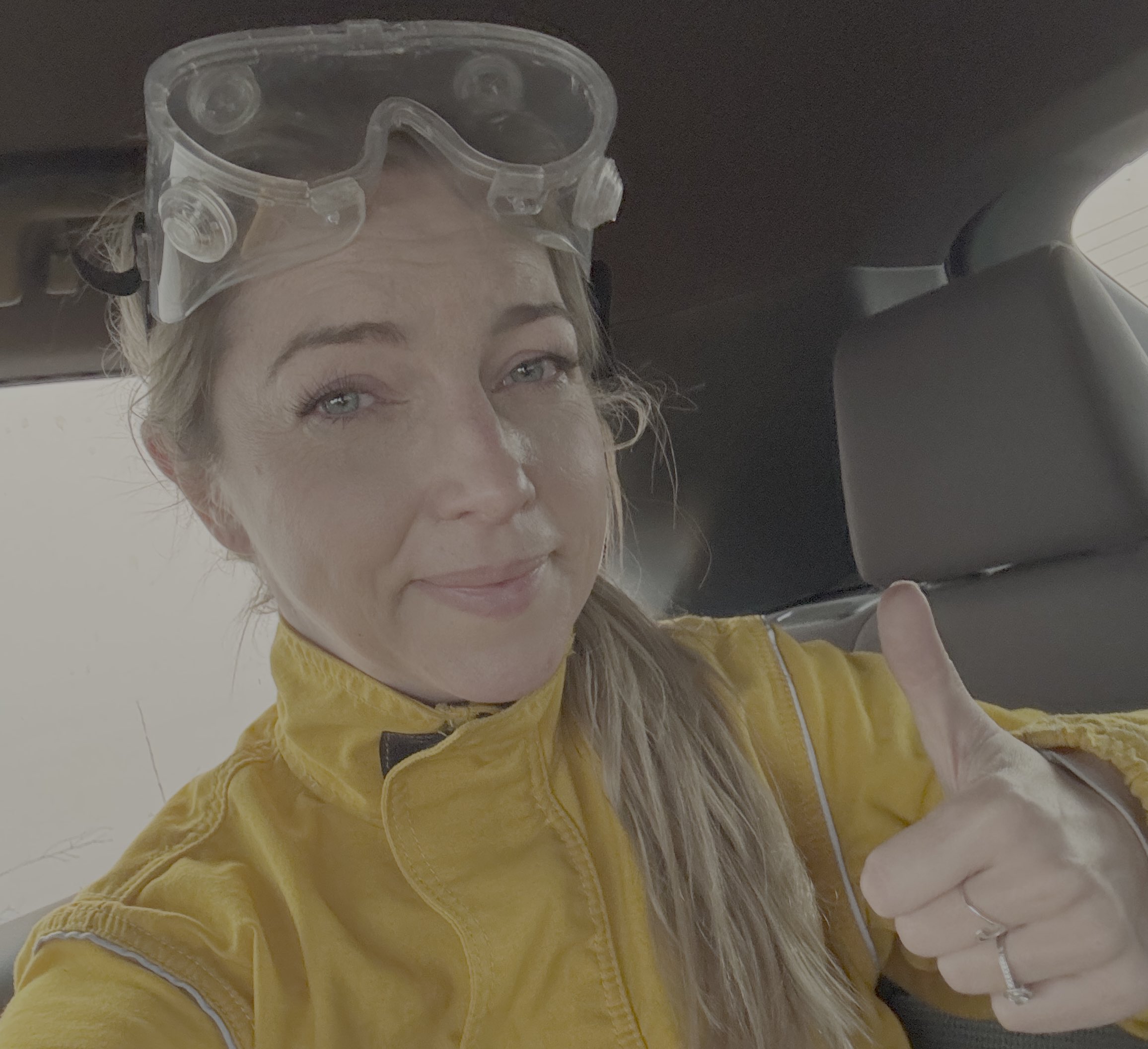
Emma Vardy
LA correspondent for BBC News
The first night I knew the fires were spreading quickly, but no one realised the devastation we would wake up to the following day. That evening the power was cut in my apartment. So I had to drive down the road to find an internet connection to file my recordings.
I had a few hours’ sleep and got up around 4:30. That’s when I realised how things had escalated. I could see the flames from my rooftop, so I started doing my first TV and radio lives from the roof of my building in north Hollywood.
Our crew came to pick me up shortly after, with all the fire safety gear. We headed for the Pacific Coast Highway, which was closest to the Pacific Palisades fire. We didn’t know exactly what situation we would be headed into, but my producer had been in contact with the BBC’s US partner CBS.
The rationale behind heading to that location was that from there we would have a view of the fires ahead. On one side there was the sea, and it was a big wide road so there would be a safer way out than if we had to head into a canyon.
The fires were burning on both sides of the road. The smoke was incredibly thick and blocking out the sun. That’s also when I realised what a huge disaster this was, seeing very built-up iconic areas burning to ashes before our eyes.
The BBC has access to footage from a variety of sources, shot by news agencies in various locations, so in addition to what we were able to film, we were also able to use pictures gathered more widely to communicate the vast disaster that was unfolding.
With TV, dramatic pictures often tell the story better than any words. Alongside the big aerial shots, I also tried to identify individual stories that would bring things home to viewers in a very personal sense. For example, there was amazing self-filmed phone footage of a man filming his house burning down seconds before he escaped just in time.
As a team on the ground, we were making split-second decisions about where were safe vantage points to film from, and how close we could get to witness what was happening without taking unnecessary risks.
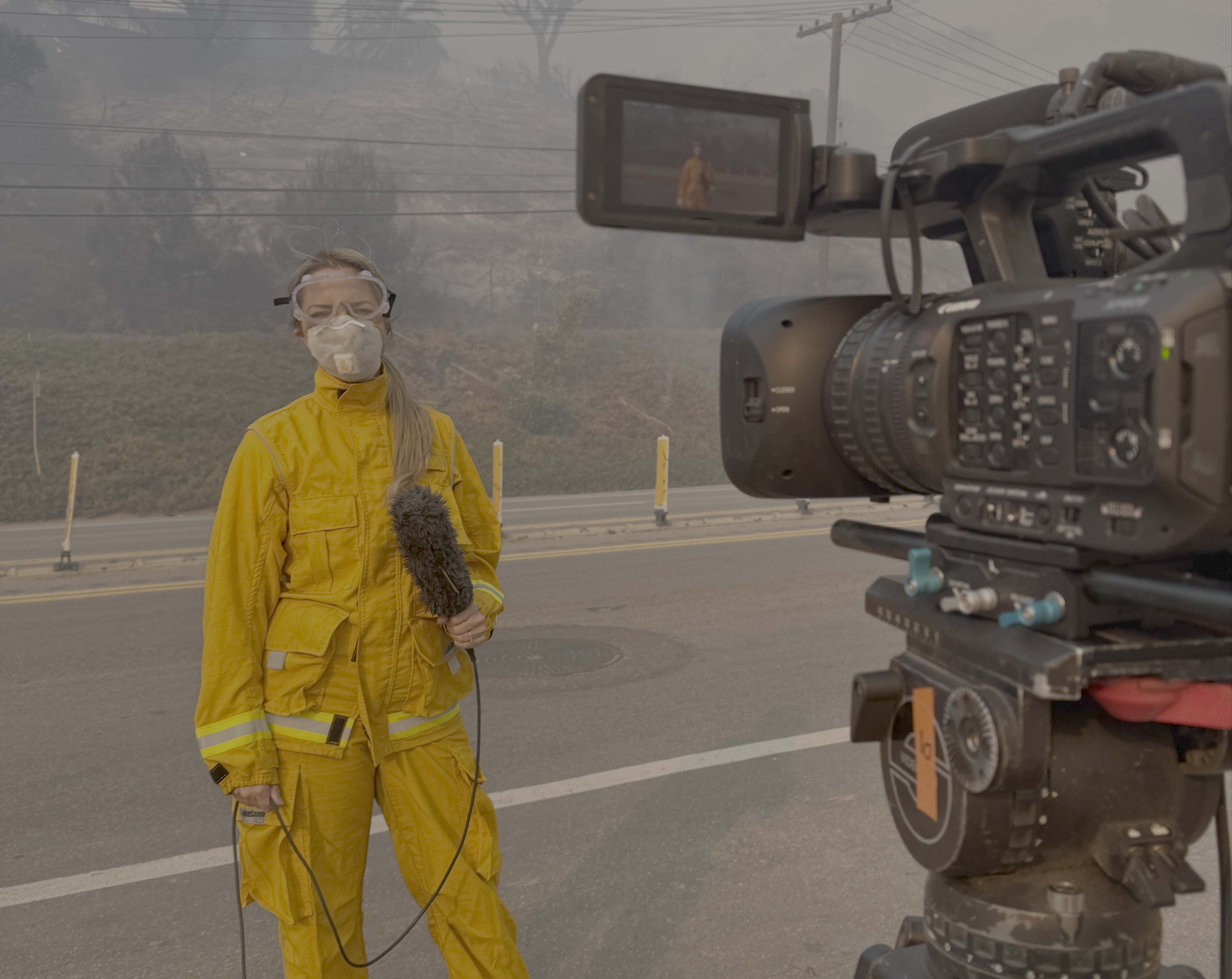
We had fireproof clothing, masks and goggles, which were needed at points where the smoke was extremely thick. I was very glad to have them, though I don’t think anything could really have prepared us for the intensity of some of the locations we went to.
I was working with a very experienced producer and a crew who have been covering fires in California for years. But some aspects of the LA wildfires were totally unique, and I don’t think anyone could have felt truly prepared. The scale was unprecedented: the size of the residential areas burning, the strength of the wind and the firefighting resources being overwhelmed because of the simultaneous fires.
There are stories that stick with me. I interviewed a mother who lost her adult son in the fires, which was heartbreaking. It was a strange tale, as she herself had left the house to get help assuming fire crews would be coming along and everything would be OK. But, like many people, she was caught by total surprise as the fires spread so quickly and her son sadly died in the property. She described how the firefighters told her that he would have passed out from smoke inhalation and her distress at imagining him burning to death. That choked me up during the interview, to be honest, which almost never happens to me.
Seeing the celebrity houses along the seafront leading to Malibu destroyed stuck in my head. I didn’t want to give undue prominence to this when so many ordinary people had lost their homes. But when I first came to LA, I was so excited to come to Malibu and see the “Californian dream” that you imagine from movies. Seeing that become a total shell was shocking.
My advice to other journalists? It’s hard to say because I think every disaster zone is going to have its own risks. Whatever you’re faced with, try to get the right balance between doing the big picture story, and the individual personal stories.
Also, as journalists we are all very aware that misinformation spreads extremely quickly in these scenarios, with AI images like the ones we saw during the Hollywood fire of the iconic sign burning, which was fake. Your reporting is going to be important to separate fact from fiction. During these disasters, a lot of people will be consuming vast amounts of information from social media, and a lot of it will not be correct.
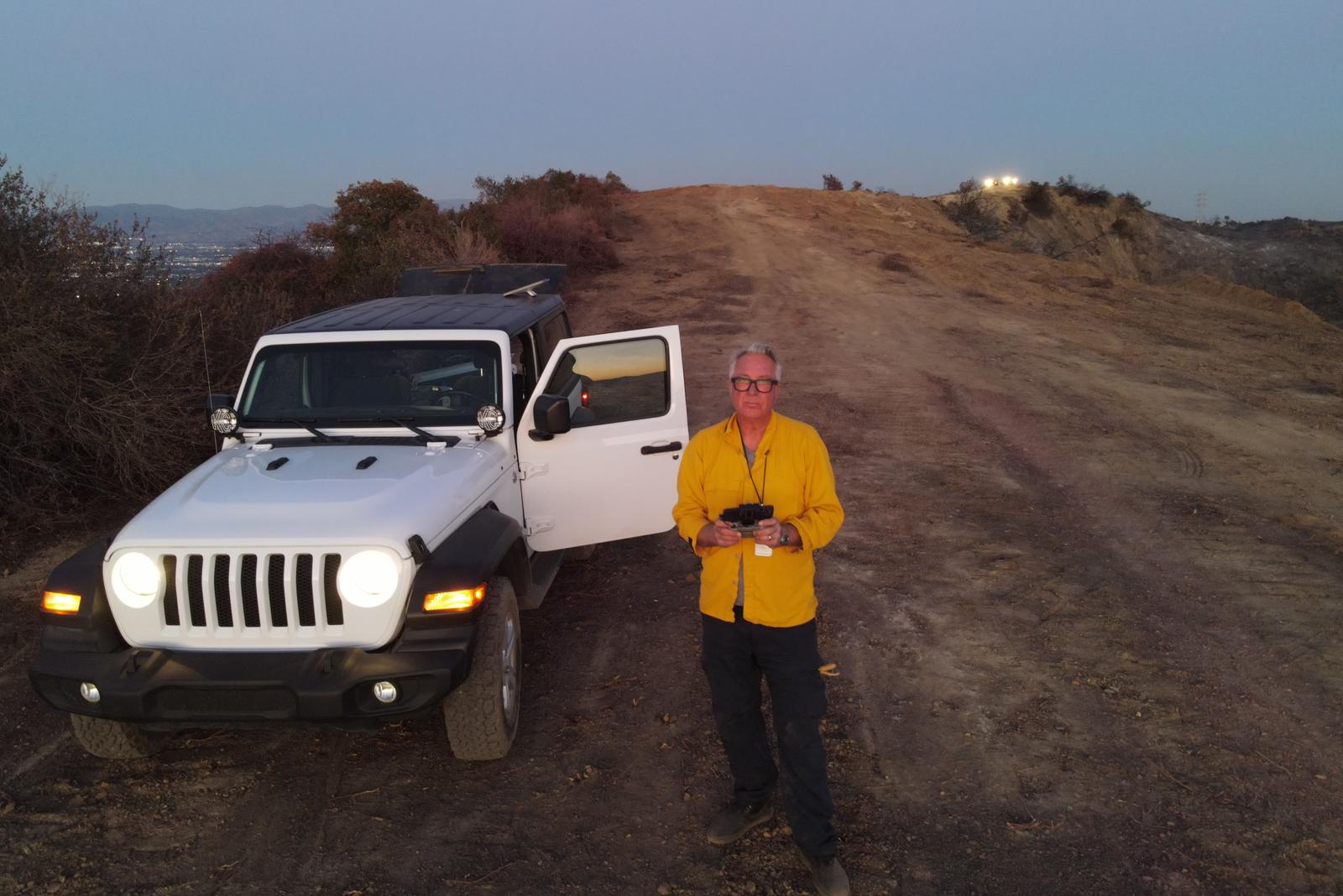
David Swanson
Freelance photojournalist, Reuters and AFP
On Tuesday 7 January we had advanced warning of the red flags in the area. I looked at a few different apps where I thought I might want to stage myself.
That means I go early, and I'm in my gear to wait and see what happens. I was about two miles away from the start of the fire. I took my first iPhone picture of the smoke column 11 minutes later. That was the start of the Palisades fire.
I’ve always been a “spot news” or “hard news” photographer. I covered the wars in Bosnia and Georgia. Aso 9/11 and Hurricane Katrina in New Orleans. Now I’m here covering pretty much every wildfire in California worth covering.
As a photographer, when we cover these fires, we wear protective pants, shirts, and jackets. We have helmets. We have shrouds around our necks. We have goggles and mouth coverings with particulate filters. Fire boots and gloves. I know many of the photographers who do this all the time carry fire shelters.
We [photographers] stay in touch with each other. Luckily this time, we had our cell phones working. We tend to pair-off and just help each other if one of the vehicles goes down or we get a flat tire and need to get out of there.
Some of the memories of covering this fire were driving one man to his home that was trying to go up a hill, and he was so appreciative. That's not that big a deal, but it's the whole thing of participatory journalism. I feel taking somebody on a ride is okay, especially at the start of this all.
The second thing that sticks out is a young man that had access to a fire hose, but there was no firefighter, and he was defending his home with it as best as he could. A firefighter came over and taught him how to hold the fire hose. He told him to spray it toward the base of the fire, as it was useless to aim it upward.
I've covered bigger fires, notably the The Dixie Fire (northern California, 2021) which was nearly a million acres. This one here in LA is about 25,000 acres, but the devastation is incredible. I have never seen so many houses destroyed. It is neighbourhood after neighbourhood of just sheer gutting: houses upon houses, cars upon cars, businesses upon businesses. Not even Katrina, to me, looked like this. This is just complete annihilation of these neighbourhoods along the coast.
I didn't really have any difficulties getting around. It wasn't until later in the week that the National Guard came in and people were getting arrested for looting that there were more problems getting through checkpoints. Ultimately, no one refused us.
What we have trouble with is many of the influencers. They’re acting in a dangerous area without any knowledge of journalistic ethics: going on personal property, flying drones when they shouldn’t, not wearing the proper PPE.
It makes it much harder for us who regularly attempt to comport ourselves professionally in the eyes of law enforcement.
I give a lot of kudos to the first responders that came to this and worked 24-36 hour shifts, and to all the media that's covered this working the same amount of time. It’s just a huge event.
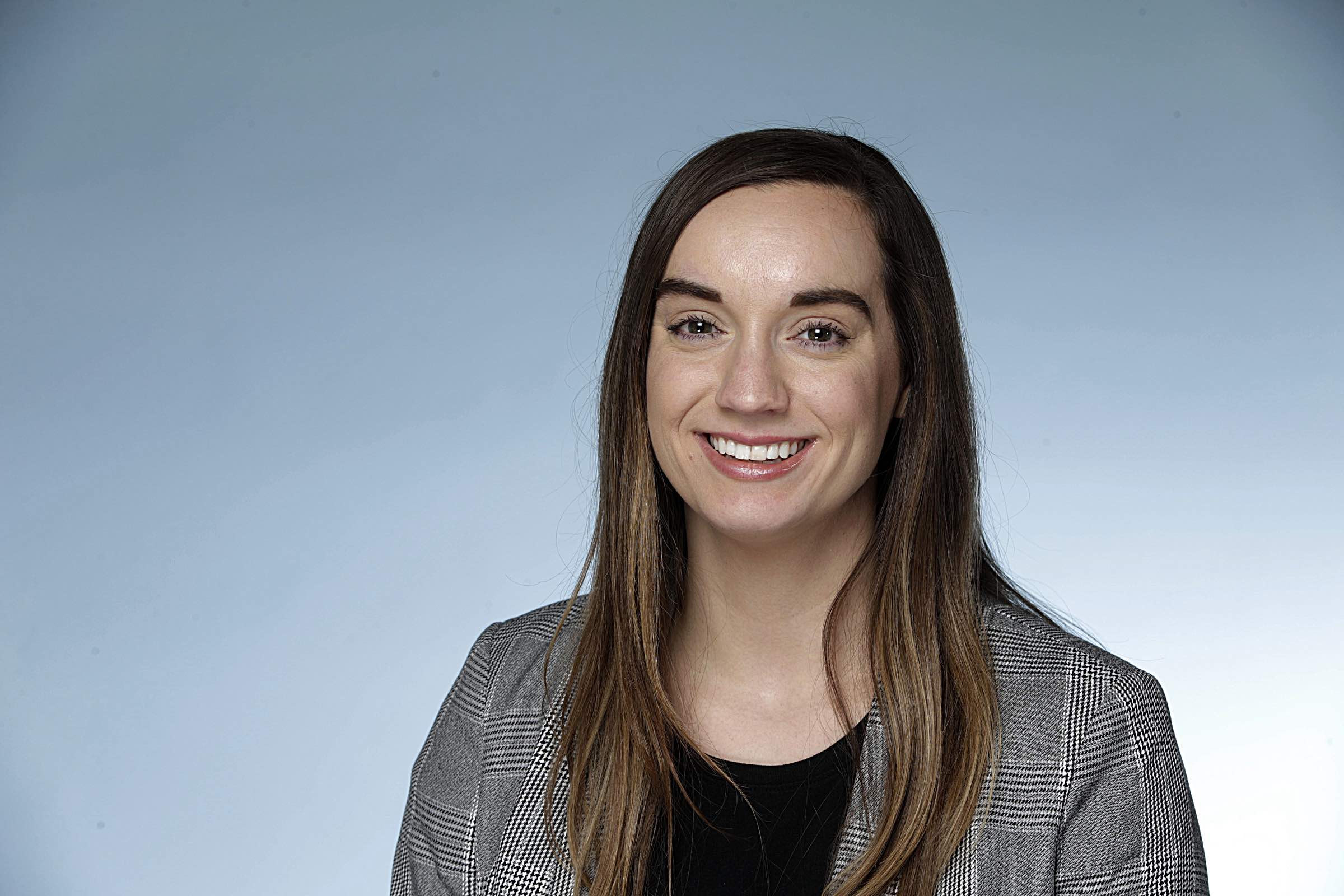
Mary Kate Metivier
Senior audience editor, 'Los Angeles Times'
The Los Angeles Times staff has deep experience covering wildfires for years and this put us in the optimal position for the devastating Eaton and Palisades fires. Our Fastbreak and Climate teams have been deeply entrenched in many topics that make us experts on wildfires, from water issues to forest management.
Our local and state government reporters have followed leaders and lawmakers’ responses to these devastating events for years after. Our deep institutional knowledge, combined with a focus on our staff’s safety by equipping them with the proper masks and tools to cover the devastation helped us to be prepared.
We had photographers, videographers, reporters, columnists and more putting themselves at personal risk to cover the story of our community. That willingness and hunger is something that enabled us to launch our coverage immediately.
We also had launched a new live blog tool around the November election that was a perfect addition to use during an ongoing breaking story. Dozens of reporters were contributing to it, and it allowed us to provide our readers with crucial real-time information in a smart format.
We are the local newsroom for Los Angeles, so most of our coverage resonated with me, particularly from reporters like Colleen Shalby, Bill Plaschke, Jim Rainey and others who were willing to share their personal stories and experiences of the firestorm and aftermath for their current and childhood homes.
Karen Garcia and a few other reporters spent a considerable amount of time trying to tackle every possible resource angle she could: What to pack in the event you evacuate; How to protect yourself from wildfire smoke; How to help those who lost everything; how to file an insurance claim; list of free and discounted resources for fire victims, and so much more.
This helped our trust with our community tremendously because we ensured this and other crucial fire updates were completely free, showing that care for our own community was a huge priority.
There’s been a lot of discussion among Angelenos about the disparities in some media coverage of the fires, and also the communities affected by the Palisades and Eaton fires. Our staffers have been very mindful of these discussions in everything from photo captions to story choice.
We have found some very devastating but important stories, especially a recent piece from Hannah Fry and Brittny Mejia about how the Eaton fire wiped out decades of Black history in Altadena.
I am deeply proud of watching us mobilise to provide the best coverage we could from every corner of the newsroom. Teamwork is always an incredibly humbling thing to witness.
I remain amazed by our incredible and quick investigative work – tapping our decades of institutional knowledge, experience and sourcing. For example, within hours we were reporting that hydrants had run out of water – and within 48 hours we’d reported why. More reporting is in the pipeline on how evacuations could have been different.
More from the Oxford Climate Journalism Network:
In every email we send you'll find original reporting, evidence-based insights, online seminars and readings curated from 100s of sources - all in 5 minutes.
- Twice a week
- More than 20,000 people receive it
- Unsubscribe any time
signup block
In every email we send you'll find original reporting, evidence-based insights, online seminars and readings curated from 100s of sources - all in 5 minutes.
- Twice a week
- More than 20,000 people receive it
- Unsubscribe any time



